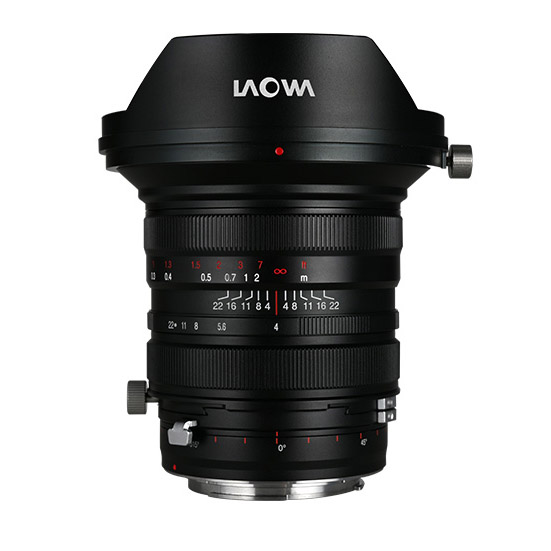rdeloe
Well-known member
With that setup you should have access to wider lens choices than what you're using. Have you asked Cambo? I believe they publish lists of compatible lenses.Hi there, this is the exact dilemma I face, but I fear with far less knowledge than the people posting here. I have a Cambo actus db2 with 50cv11 back. What is the best option to obtain the widest angle for architecture? Currently I use the 40mm CF fle hass v lense. I require wider and more room to correct with movements. My head hurts with trying to understand the large format lenses, and do I need a center filter with these options. Any help / advice on what I should be looking at would be awesome appreciated!!
The "best option" may not fit within your budget. Other people will be able to help more if you can give a sense for what you're willing to spend.
With no knowledge of your budget, here are some ideas:
- A relatively inexpensive, and very wide (compared to what you have now) option is the Laowa 20mm shift lens. It comes in various mounts. You don't need the lens' shift mechanism because you can do the movements with your Actus. I have received positive reports about this lens, but I don't know about distortion (how much, what form it takes).
- I'm using a Leica PC Super-Angulon 28/2.8 at the moment (same lens as Schneider Kreuznach PC Super-Angulon 28/2.8, and same optics -- minus close focusing element -- as Schneider-Kreuznach Digitar 28/2.8). I would not recommend it for you. There's not enough shift room on your sensor for it to be a good choice for architecture. I use it because I don't need a lot of shift; I got it for tilt and swing, with some room for very small shifts (a few mm). You can forget about the other film-era 28mm shift lenses (PC-Nikkor 28/3.5 and Pentax K 28/3.5). They are simply not good enough.
- Cambo sells some lenses under its own brand, including an Actar-24. I haven't heard stellar reports about it. My hunch is that it's a re-housed Samyang 24mm f/3.5 t-s lens, but I've never heard one way or the other. If it is a rehoused Samyang, I'd be worried about the fact that the Samyang on its native mount has a close focusing element, which Cambo appears to be ignoring. It's also not a great lens. I get by with my copy, but only because I don't use it a lot, and I don't generally have to worry about the distortion. You do.
- A slightly wider lens than your Hasselblad 40mm is the Pentax 645 35mm (A or D-FA, but not FA). I think it's superb, but I don't have to deal with the moustache distortion that you would have to sort out. Plus it's not much wider than what you have.
- Cambo sells a Canon EF adapter that would let you use the Canon 24mm f/3.5 TS-E II. People are making a living with that one, and you might even consider it affordable. I don't really see the point of putting one of these on an Actus though because it has the movements you need built in.
- There are wider technical camera lenses from Schneider-Kreuznach and Rodenstock, but now we're talking money. You'd also need to be sure that the flange distance and rear lens cell were compatible with your setup. Cambo should be able to tell you immediately.




